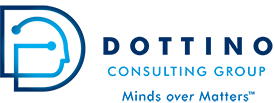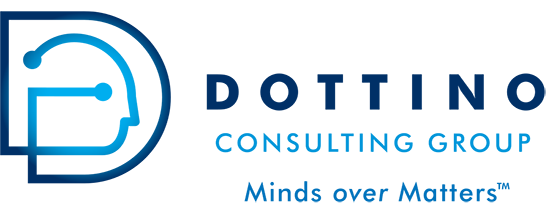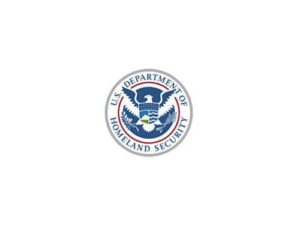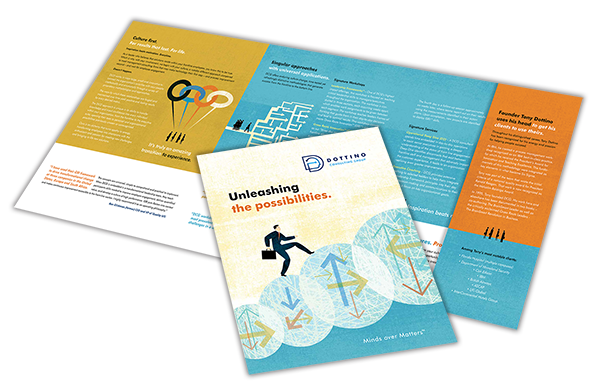AMERICAN SOCIETY OF COMPOSERS, AUTHORS AND PUBLISHERS (ASCAP)
DCG’S Train-the-Trainer program transfers and embeds Process Innovation skills.
ASCAP (the world’s largest clearing house for music performance royalties with $1 Billion annual revenue) was facing intense competition and sought to cut costs, improve quality and deliver more royalty monies to their songwriters and publishers
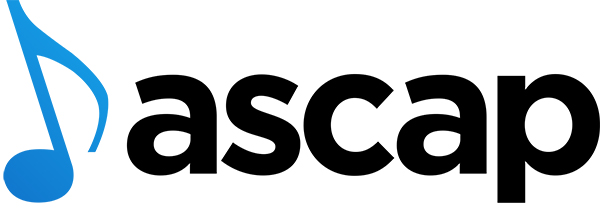
CHALLENGES
- Competition was intense. Traditional competitors reached near-parity, and non-traditional rivals were entering the industry
- The key issue was increasing royalty payments to the writers and publishers (ASCAP distributes all revenues minus operating expense). The lower ASCAP’s operating costs, the larger the royalty payments
- Communication across functional areas left gaps, causing failures and rework
- Frontline staff was reluctant to communicate to management
- COO sought a quality program to eliminate rework, reduce expenses (without cutting people), improve communication
and empower the frontline staff
SIGNATURE SOLUTIONS
- ASCAP’s COO engaged the Dottino Consulting Group
- Marshall Tarley, then ASCAP’s Director of Leadership Development, entered DCG’s Grass Roots Innovation (GRI™) Train-the-Trainer Program; Tarley became certified to teach GRI™
- Tony Dottino and Marshall Tarley led all executives through Leadership Frameworks™
- Applying pragmatic uses of scientific principles of the brain and human behavior, executives were taught to empower frontline workers and change the organization’s culture
- Tarley led multiple GRI™ Workshops, teaching nearly 200 frontline workers brain-based methods for root-cause analyses, creativity and innovation, teamwork and new communication methods
- GRI™ teams launched cross-functional projects across the organization
- COO assigned Director of Auditing to measure all GRI™ projects and results
RESULTS
- Annual operating expenses were reduced by $2.5 million
- Skills became embedded in a newly empowered frontline; when staff saw a problem, they initiated a GRI™ project to address it. The GRI methodology became self-sustaining, adding savings year over year.
- GRI™ teams began to routinely communicate across functional lines of responsibility and up through management levels,
as needed, to analyze problems and implement innovations - Results were so impressive that an article appeared in ASCAP’s magazine – ASCAP Quality Movement Delivers for Members
- Multi-Grammy and Tony Award Winner (and ASCAP writer) Lin-Manuel Miranda invites GRI™ teams to Broadway performance and backstage meeting
